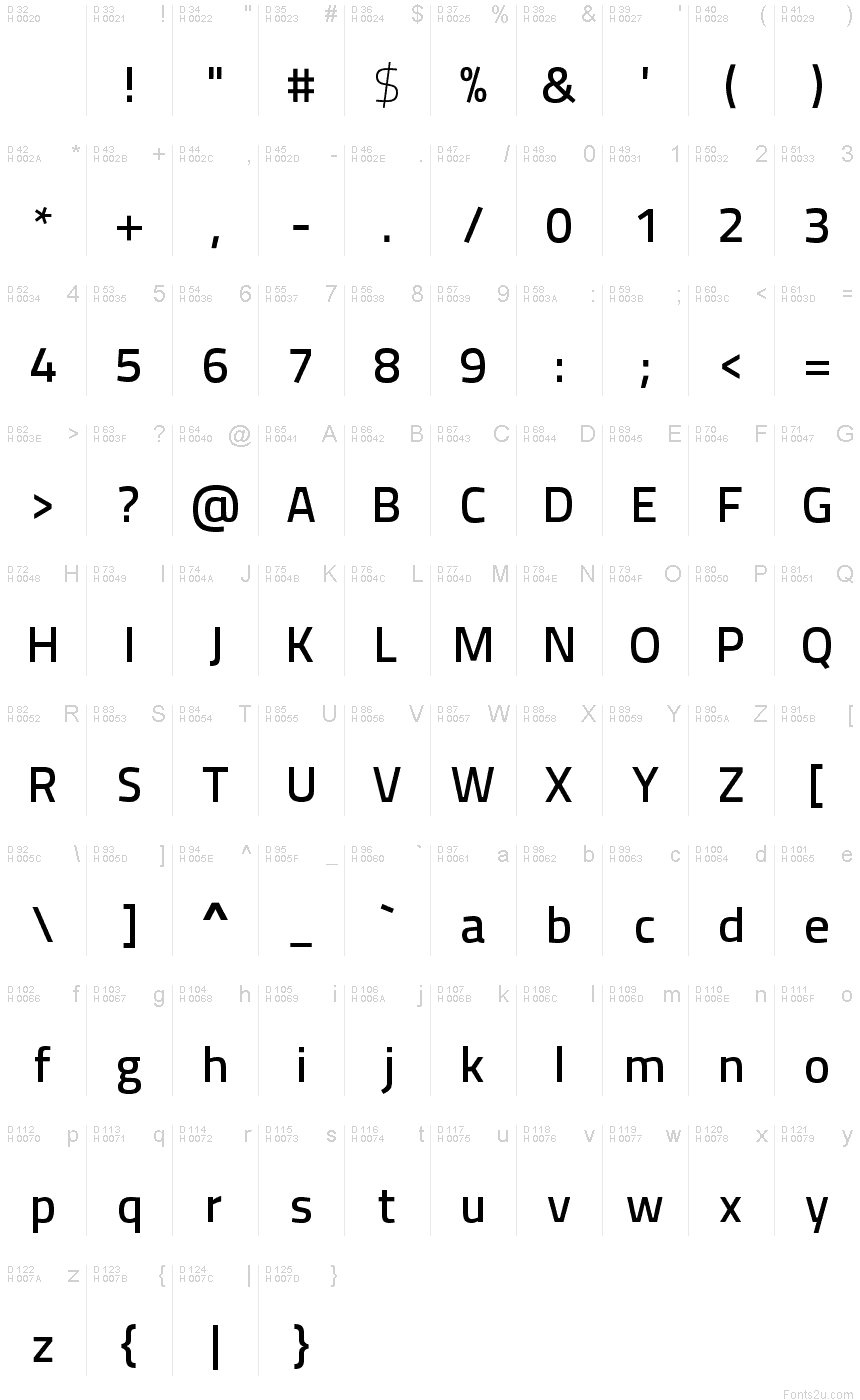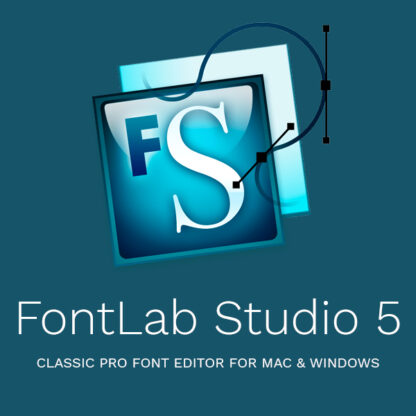



Some would need to be moved to the shift+altgr state. Not quite everything fits, but the exceptions are the postpositional left below marks, which are a separate class that need to be keyed after other below marks, so are logically separate.Ī keyboard such as you describe would necessarily require much more jumbled and harder to remember input for te'amim. The entire shift state of the Tiro keyboard is based on the principle that the arrangement of marks on the keyboard corresponds to their arrangement relative to a base letter, so that all above marks are in the top two rows and all below marks are in the bottom two rows.

The problem is the presence of the te'amim and other Biblical only marks: I wanted to make a keyboard (Tiro) that would provide an easily learnable and intuitive layout for both nikud and te'amim, since this is what was missing in existing Hebrew keyboard layouts. Go to System Preferences > Keyboard and enable the option to Show keyboard and emoji viewers in menu bar.This is all possible but, yes, would require a nbew keyboard to be made. If you're struggling to remember all the shortcuts you need, turn on the Keyboard Viewer for a live view of your keyboard shortcuts. Use the Keyboard Viewer to See Live Shortcuts Take a look at our special characters cheat sheet for Mac to see every keyboard shortcut. The trademark symbol is Shift + Option + 2. For example, the copyright symbol is Option + G. Using these shortcuts, it's possible to type a wide range of common special characters in an instant. But you can access even more special characters by using Option or Option + Shift with various keys on your Mac's keyboard. But power users can boost their productivity by learning specific shortcuts for all the special characters they need to use.Įverybody knows that you can type punctuation marks by holding the Shift key. This is especially true since you only need to remember a single keyboard shortcut. For most people, the Character Viewer is the easiest way to type special characters on a Mac.


 0 kommentar(er)
0 kommentar(er)
